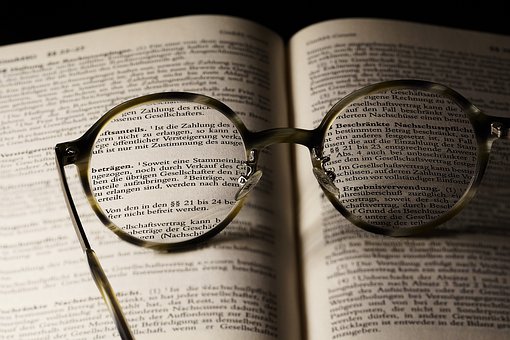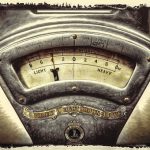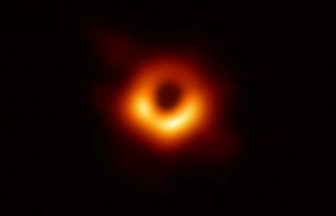「近視」と「メガネ」|英語で言うと?
子供の近視が増えているという話が言われ始めてから随分と時間がたった。
最近のある調査でその実態が報告されている。
「近視」や「遠視」、「メガネ」に関する英語の表現を覚えておきましょう。
「近視」は英語で言うと?
「近視」は英語の専門用語では myopia という。語源は ギリシャ語 muops。「近い」+「目」という意味で、日本語の「近目」と言葉の組み合わせが同じである。
英語ではやさしく near-sight、short sight などと言える。「近視の」という形容詞は nearsighted、shortsighted などと言う。
遠視は専門用語では hyperopia という。hyper 「過度の、過多の」+ opia「視力」 → hyperopia。
やさしく言うと、long sight、farsightedness。「遠視の」という形容詞は farsighted、longsighted などと言う。
「近視」の子供はどのくらい多い?
A study conducted in 2017 shows ninety-five percent of junior high school students and 77 percent of elementary school students in Tokyo are near-sighted.
「2017年に行われたある調査では東京の中学生の95%、小学生の77%が近視であるとのこと」
「近視」になるのはなぜ?
The rise in near-sightedness is believed to be due mainly to the fact that people are spending more time indoors and more often looking at things that are close to them, such as when using a smartphone or studying.
「近視が増えているのは、屋内で過ごす時間が増えていること、スマホの使用や勉強など近くのものを見ることが多くなっていることが主な原因と考えられている」
「近視」の進行を遅らせるには?
Recent studies have shown that spending time outdoors is effective in slowing the progression of myopia.
「最近の研究では、屋外で過ごすことが近視の進行を遅らせるのに効果があるとのこと」
「メガネ」とは?
「メガネ」は英語でいうと eyeglasses、普段は簡単に glasses と glass の複数形で言う。
「メガネ」を英語で説明してみよう。
Eyeglasses Lenses set in frames to wear in front of the eyes to aid vision or correct vision defects. 「目の前にかけるためフレームに収められたレンズのセット、視力を助けたり欠陥を矯正するもの」
と説明される。
「メガネ」はいつから使われてきた?
Use of eyeglasses for farsightedness and nearsightedness has been known since the late Middle Ages.
「遠視や近視のメガネの使用は中世後期から知られていた」
In 1784 Benjamin Franklin invented bifocals.
「1784年にはベンジャミン・フランクリンが遠近両用のメガネを発明した」
「メガネ」の素材は?
Most lenses are made of glass or plastic.
「レンズはほとんどガラスかプラスチックで作られる」
Plastic lenses are lighter and more shatterproof than glass but easily scratched.
「プラスチックレンズはガラスレンズより軽く割れにくいがかき傷がつきやすい」
「メガネ」の重さは?
Compared to what they used to be, eyeglasses are much lighter nowadays.
「昔に比べてメガネはずいぶん軽くなりました」











